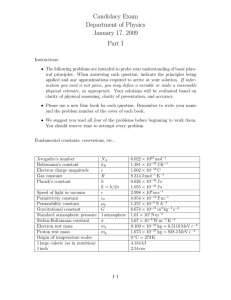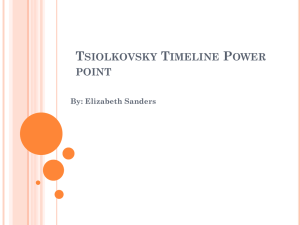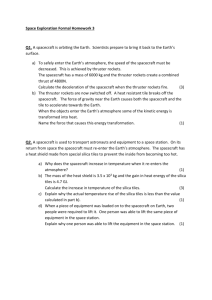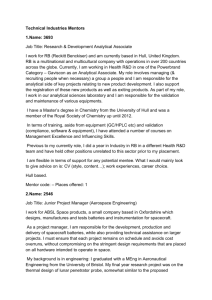1996-08
advertisement
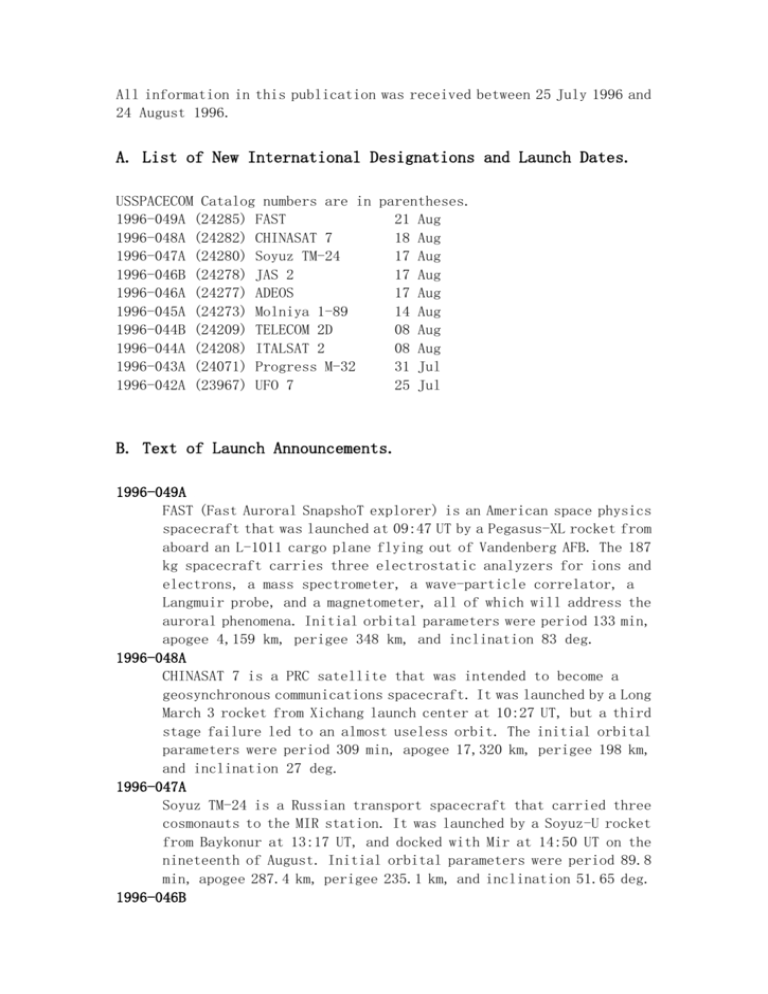
All information in this publication was received between 25 July 1996 and 24 August 1996. A. List of New International Designations and Launch Dates. USSPACECOM Catalog numbers are in parentheses. 1996-049A (24285) FAST 21 Aug 1996-048A (24282) CHINASAT 7 18 Aug 1996-047A (24280) Soyuz TM-24 17 Aug 1996-046B (24278) JAS 2 17 Aug 1996-046A (24277) ADEOS 17 Aug 1996-045A (24273) Molniya 1-89 14 Aug 1996-044B (24209) TELECOM 2D 08 Aug 1996-044A (24208) ITALSAT 2 08 Aug 1996-043A (24071) Progress M-32 31 Jul 1996-042A (23967) UFO 7 25 Jul B. Text of Launch Announcements. 1996-049A FAST (Fast Auroral SnapshoT explorer) is an American space physics spacecraft that was launched at 09:47 UT by a Pegasus-XL rocket from aboard an L-1011 cargo plane flying out of Vandenberg AFB. The 187 kg spacecraft carries three electrostatic analyzers for ions and electrons, a mass spectrometer, a wave-particle correlator, a Langmuir probe, and a magnetometer, all of which will address the auroral phenomena. Initial orbital parameters were period 133 min, apogee 4,159 km, perigee 348 km, and inclination 83 deg. 1996-048A CHINASAT 7 is a PRC satellite that was intended to become a geosynchronous communications spacecraft. It was launched by a Long March 3 rocket from Xichang launch center at 10:27 UT, but a third stage failure led to an almost useless orbit. The initial orbital parameters were period 309 min, apogee 17,320 km, perigee 198 km, and inclination 27 deg. 1996-047A Soyuz TM-24 is a Russian transport spacecraft that carried three cosmonauts to the MIR station. It was launched by a Soyuz-U rocket from Baykonur at 13:17 UT, and docked with Mir at 14:50 UT on the nineteenth of August. Initial orbital parameters were period 89.8 min, apogee 287.4 km, perigee 235.1 km, and inclination 51.65 deg. 1996-046B JAS 2 is a 50 kg Japanese Amateur-radio Satellite that was launched by an H-2 rocket from Tanegashima Space Center at 01:29 UT. Initial orbital parameters were period 106 min, apogee 1317 km, perigee 797 km, and inclination 98.6 deg. 1996-046A ADEOS (ADvanced Earth Observation Satellite) is a Japanese remote sensing spacecraft that was launched by an H-2 rocket from Tanegashima Space center at 01:53 UT. The 3,500 kg spacecraft with the post-launch name of MIDORI carries instruments to monitor wind and temperature on ocean surfaces and aerosols, ozone, and greenhouse gases in the atmosphere. Some of the sensors were provided by NASA, NOAA, and CNES. The initial parameters of the Sun-synchronous orbit were period 101 min, apogee 815 km, perigee 794 km, and inclination 98.6 deg. 1996-045A Molniya 1-89 (Molniya 1T) is a Russian communications spacecraft that was launched from Plesetsk cosmodrome at 22:21 UT by a Molniya-M "reusable" booster to provide telephone, telegraph, and television coverage. Initial orbital parameters were period 12 hr, 17 min, apogee 40,828 km, perigee 498 km (over the southern hemisphere), and inclination 63 deg. 1996-044B TELECOM 2D is a French geosynchronous spacecraft to provide voice and video communications to western Europe. It was launched by an Ariane 44L rocket from Kourou. 1996-044A ITALSAT 2 is an Italian geosynchronous communications spacecraft that was launched by an Ariane 44L rocket from Kourou. The 2,000 kg spacecraft carries transponders in the 20-22 GHz range to provide voice and video communications to Europe. 1996-043A Progress M-32 is a Russian automatic cargo craft that was launched by a Soyuz-U launcher from Baykonur at 20:00 UT to deliver to MIR 2,500 kg of supplies and equipment. Initial orbital parameters were period 88.6 min, apogee 248 km, perigee 193 km, and inclination 51.6 deg. 1996-042A UFO 7 (UHF Follow On 7; also known as USA 127) is an American geosynchronous military communications spacecraft that was launched from Cape Canaveral Air Station by an Atlas 2 rocket. An earlier announcement from USSPACECOM had the now-discarded name UHF F/O F7.
